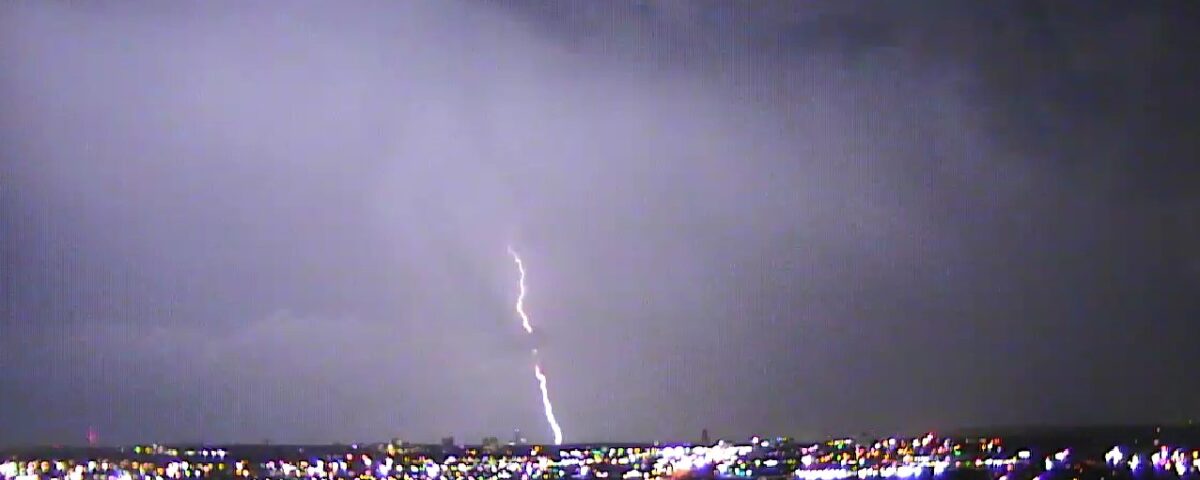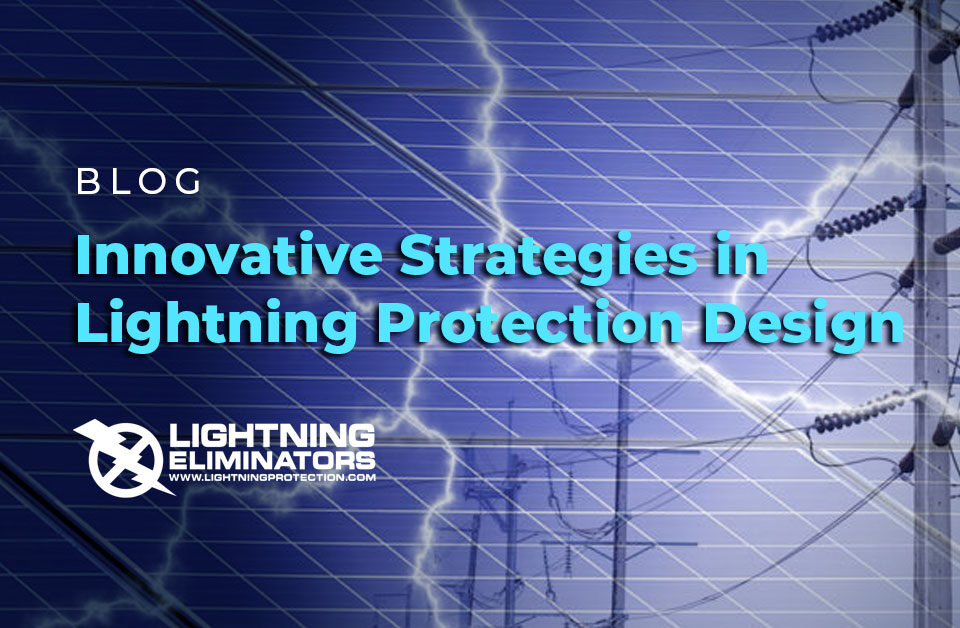- We Prevent Lightning Related Problems.

Safeguarding Oil Facilities with Lightning Protection
May 9, 2024
Lightning Protection for Refineries: How to Save Millions
July 12, 2024Designing Effective Lightning Protection for Industrial Facilities

Lightning poses a significant threat to industrial facilities, potentially causing severe damage to equipment, downtime, and safety hazards. Effective lightning protection design is crucial to safeguard these facilities from such risks. In this blog post, we will explore the basics of lightning protection, the principles of effective design, and the essential components of a robust lightning protection system.
Lightning Basics
Lightning is a natural electrical discharge that occurs when there is an imbalance between storm clouds and the ground or within the clouds. This discharge can carry millions of volts of electricity, making it extremely dangerous for any structure it strikes. With their complex electrical and electronic systems, industrial facilities are particularly vulnerable.
Types of Damage
Lightning can cause various types of damage:
– Direct Strikes: A direct hit can result in catastrophic physical damage, fire, and explosions.
– Secondary Surges: High-energy transient currents that occur when lightning strikes nearby power lines or structures, potentially damaging sensitive electronic equipment.
– Electromagnetic Interference (EMI): The intense electromagnetic fields generated by lightning can disrupt electronic systems and communication networks.
Key Principles of Lightning Protection Design
Comprehensive Risk Assessment
Effective lightning protection begins with a thorough risk assessment. The assessment involves:
- Evaluating the facility’s exposure to lightning.
- Identifying critical assets that need protection.
- Understanding the potential consequences of a lightning strike.
Importance of Assessing Vulnerability:
Understanding a facility’s risks helps design a tailored protection system.
– Methods and Tools: Use of advanced modeling software, historical data analysis, and on-site inspections to assess vulnerability.
Design Standards and Guidelines
Adhering to established standards and guidelines ensures that the lightning protection system is effective and compliant with regulatory requirements.
– Overview of Relevant Standards: The International Electrotechnical Commission (IEC) and the National Fire Protection Association (NFPA) provide comprehensive standards for lightning protection.
– Guidance for the Design Process: These standards outline the best practices for designing and installing lightning protection systems, ensuring maximum protection and safety.
Components of an Effective Lightning Protection System
Air Terminals (Lightning Rods)
Air terminals, commonly known as lightning rods, are one of the primary components of a lightning protection system. They provide a preferential attachment point for lightning and direct it safely away from the structure.
– Function and Placement: Proper placement of air terminals is crucial. They should be positioned at the highest points of the structure and on critical areas like chimneys, towers, and tanks.
– Modern Advancements: Modern lightning rods are designed to reduce the risk of direct strikes by dispersing the electrical charge in the air.
Down Conductors
Down conductors are essential for safely channeling the lightning current from the air terminals to the ground.
– Role in Directing the Lightning Current: They provide a low-resistance path for the lightning current, minimizing the risk of side flashes or arcing.
– Installation Guidelines: Down conductors should be securely fastened and routed to minimize sharp bends and potential points of damage.
Grounding System
A robust grounding system is critical for safely dissipating lightning currents into the earth.
– Importance of a Robust Grounding System: Effective grounding prevents the buildup of dangerous voltages that could cause damage or injury.
– Types of Grounding Rods: Different materials and designs are available, including copper and galvanized steel rods, each suited for different soil conditions and performance requirements.
Bonding and Equi-Potentialization
Ensuring that all metallic parts of the structure are adequately bonded is vital for preventing potential differences that could lead to dangerous arcing.
– Ensuring Proper Bonding: Bonding all metallic components together creates a continuous path for the lightning current, preventing side flashes.
– Techniques for Achieving Equi-Potential Bonding: Bonding conductors and clamps are used to connect metallic parts, ensuring they remain at the same electrical potential during a lightning event.
Conclusion
Designing an effective lightning protection system for industrial facilities involves:
- Understanding the nature of lightning.
- Conducting a comprehensive risk assessment.
- Implementing the critical components of a protection system.
By adhering to established standards and guidelines and utilizing the latest technologies, facility managers can significantly reduce the risk of lightning-related damage and ensure the safety and continuity of their operations.

